About PhenoVation
Industrial and research equipment for phenotyping and scientific research
PhenoVation is located in Wageningen, the Netherlands, and operates worldwide. We make a difference by only delivering the best products available and keeping the customer’s future wishes for innovations in mind when offering our solutions. By investing in research and development, we have been able to create a wide range of products, each specifically designed for its own functions. A good example is the PlantExplorer XS, an excellent entry model for researchers who want to measure photosynthesis, morphological and chlorophyll absorption coefficient for their research. We also offer solutions for growers in greenhouses and open fields: our CropObserver allows for cultivation strategies to be improved, energy costs to be reduced, and cultivation times to be shortened by measuring the crop’s photosynthetic performance.
We keep offering support after delivering our systems. This support is based on our breadth of experience and extensive internal research. Moreover, we maintain excellent customer relationships by customising our products to your needs whenever possible.
Awards and recognition
Hillenraad TECH50 2021
In October 2021, PhenoVation won first prize in the ‘sensing and data collection’ domain of the Hillenraad TECH50 competition. The Hillenraad TECH50 covers ten domains of horticultural technology. To assess over 280 companies, several factors were scored, such as business factors, growth potential, innovative/disruptive technology, tech as a revenue model and substantial R&D investments.
NGI Venture Challenge 2011
Back in 2011, PhenoVation won the NGI Venture Challenge with its idea of the PlantExplorer. The NGI Venture Challenge aims to stimulate the business plans of the spin-offs of scientific research in the Life Sciences sector. The best idea received a prize of 25,000 Euros. In addition, the winner received support in obtaining funding and promotion. The Venture Challenge is organised by the Netherlands Genomics Initiative.
PhenoVation: the History
1995
Chlorophyll fluorescence patent
Before founding PhenoVation, the current CEOs worked at PRI (Wageningen, the Netherlands), where they were granted a patent for using chlorophyll fluorescence to determine the maturity of seeds. This was based on a method for detecting the maturity and quality of seeds by using the chlorophyll contents for seed selection, with lower chlorophyll contents indicating ripeness
1999
Seed quality patent
In 1999, these same PhenoVation founders found a strategy for assessing the quality of non-germinated, germinating, and germinated seeds. A specific method was devised, and a patent was granted to the University of Wageningen. Because of the amount of fluorescence produced by chlorophyl in the inside of bell pepper seeds, separation was also made possible.
2000
Plant quality patent
The use of fluorescence as a plant quality indicator was granted a patent in 2000. The Fv/Fm ratio was used to this end. However, because there were no powerful LEDs available at the time, a strong laser line was employed instead. During this time, work on constructing a laser for long-range, non-destructive plant measurements was underway. This same technology would later be found in PhenoVation's CropObserver.
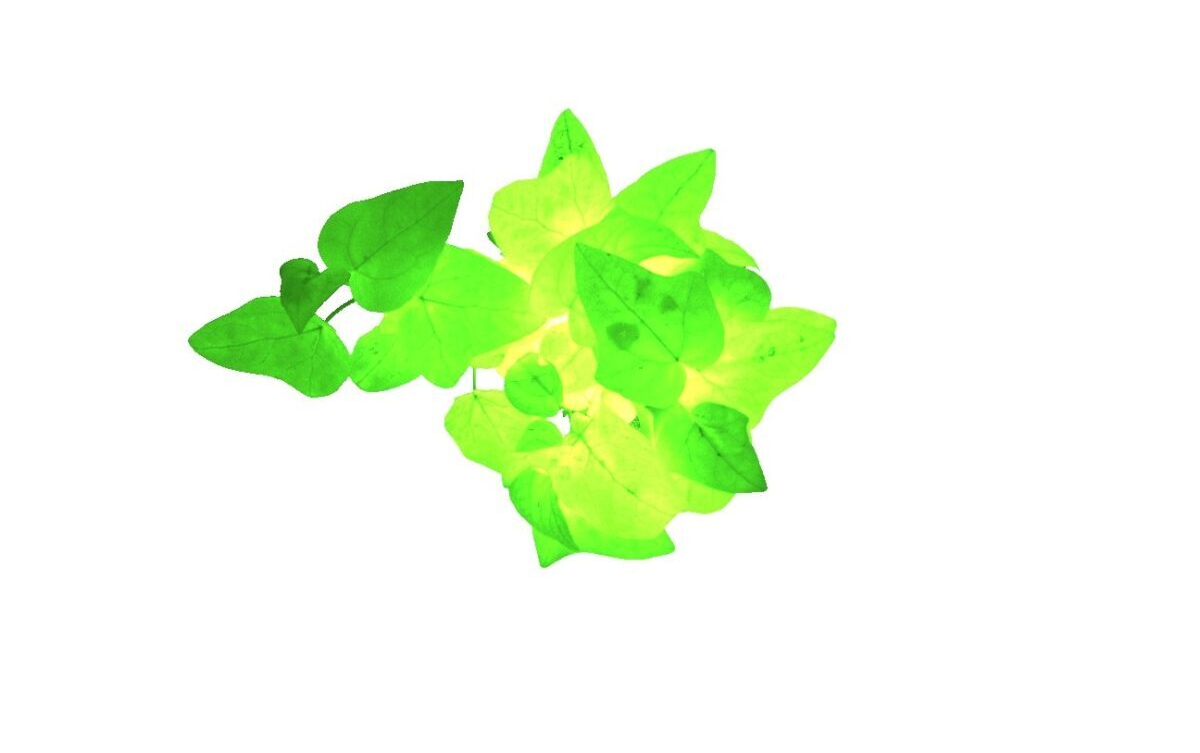
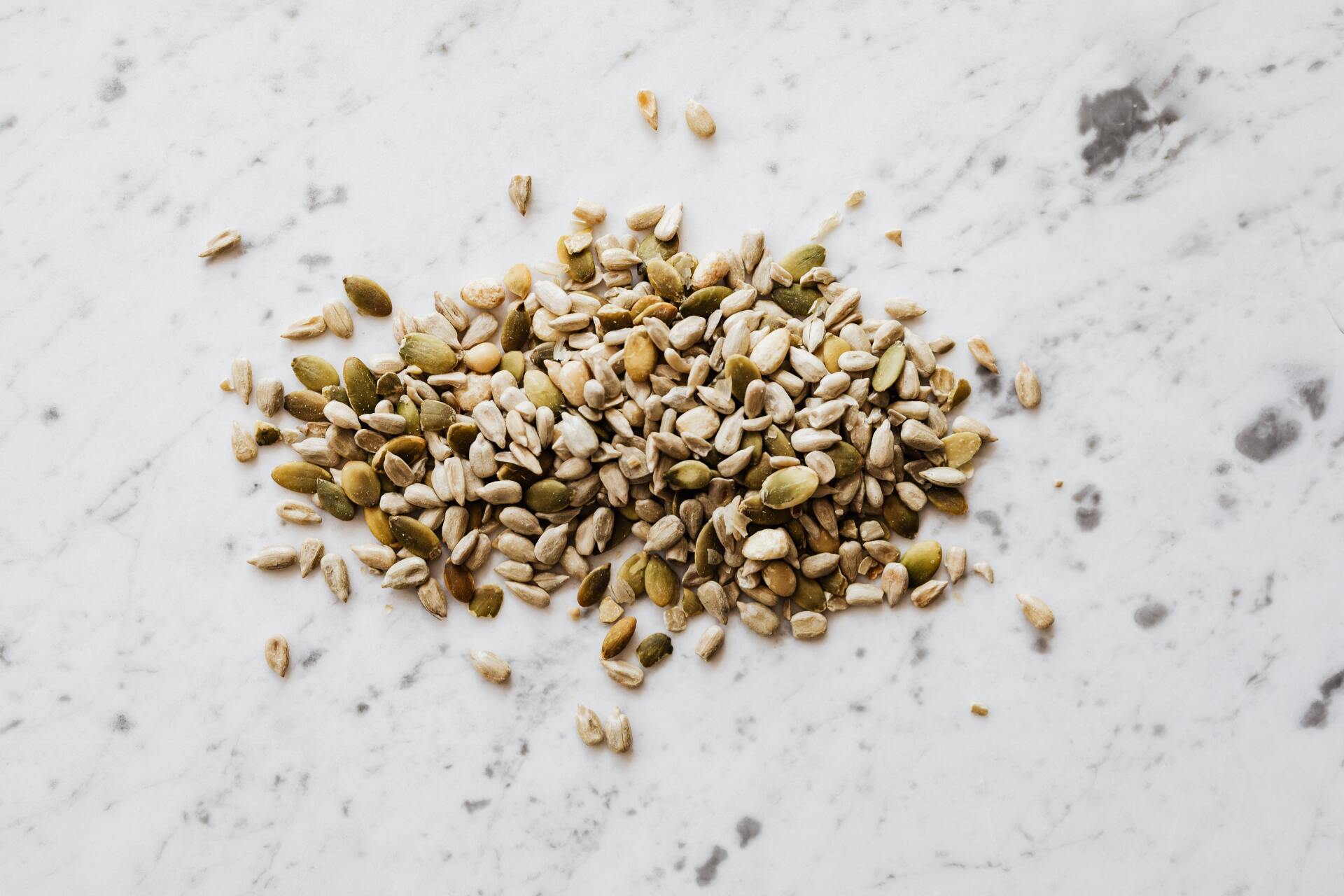
Titel dia
Schrijf uw onderschrift hierKnop
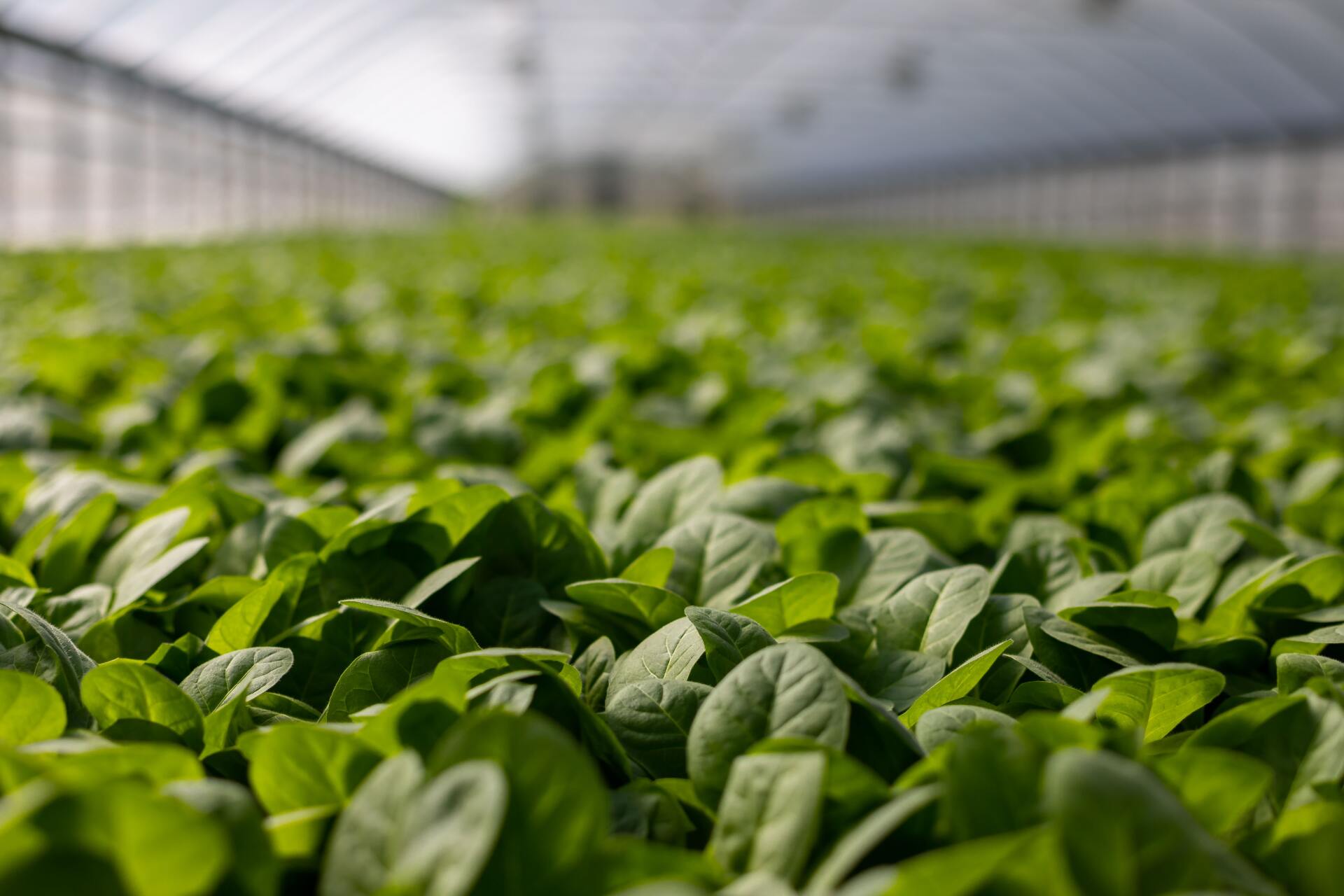
2006
MIPS system
The MIPS system was created to map plant quality using fluorescence patterns. This was done with the use of a laser that could distinguish between f0 and fm. During this time, LED lighting technology advanced, and PhenoVation began developing its own LED lights that could vary their lighting dependent on the intensity of the sun.
2010
Art exhibition
Tiddo Bakker employed PhenoVation sensor systems in an art project at Naturalis Biodiversity Center. The chlorophyll fluorescence of plants was measured to reveal the hidden world of plants. A medium was designed to detect chlorophyll activity and provide insight into the plant's continual response to its surroundings. The medium provided the plant with a voice in a symbolic sense.
2011
NGI Venture Challenge
PhenoVation won the NGI Venture Challenge in 2011 with their CropReporter concept. The NGI Venture Challenge is designed to encourage the development of business ideas for scientific research spin-offs in the Life Sciences industry. The company PhenoVation was launched as a result of winning this prize.
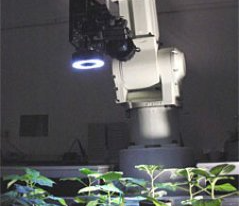
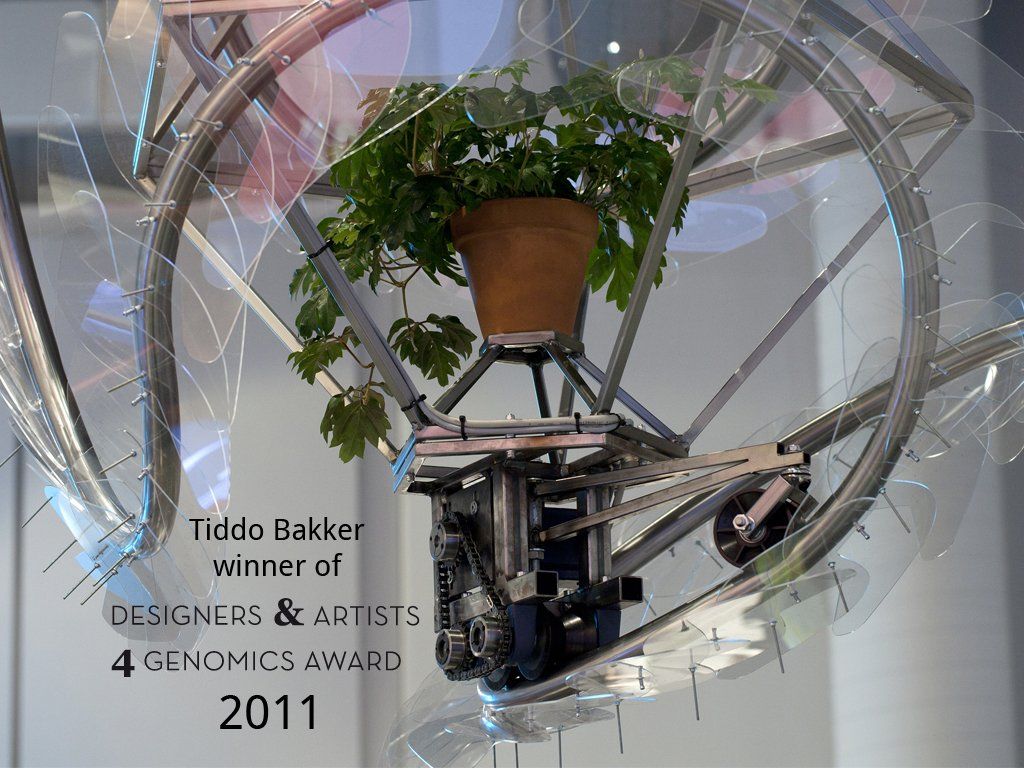
Titel dia
Schrijf uw onderschrift hierKnop

2012
Introduction of multispectral
The introduction of multispectral measurements. The first 6-filter wheel systems were created in response to a customer's need for objective crop information. With the same camera, for example, colour and chlorophyll fluorescence photos could be taken. The pixel-to-pixel analysis was made possible as a result of this. Additional filters were created in response to consumer requests, such as anthocyanin filters for crop assessments.
2013
Introduction CropObserver
The introduction of the CropObserver. PhenoVation designed a sensor: a crop photosynthesis monitor that could detect variations in photosynthesis efficiency and electron transport rate in a greenhouse. This sensor could assess the photosynthesis capacity of a broad crop surface (CropObserver).
2014
Art Project
The artist Lisa van Casand carried out an art project that combined art and science. She received information and optical filters from PhenoVation that allowed her to photograph fluorescence radiation of these plants, using a digital consumer camera.
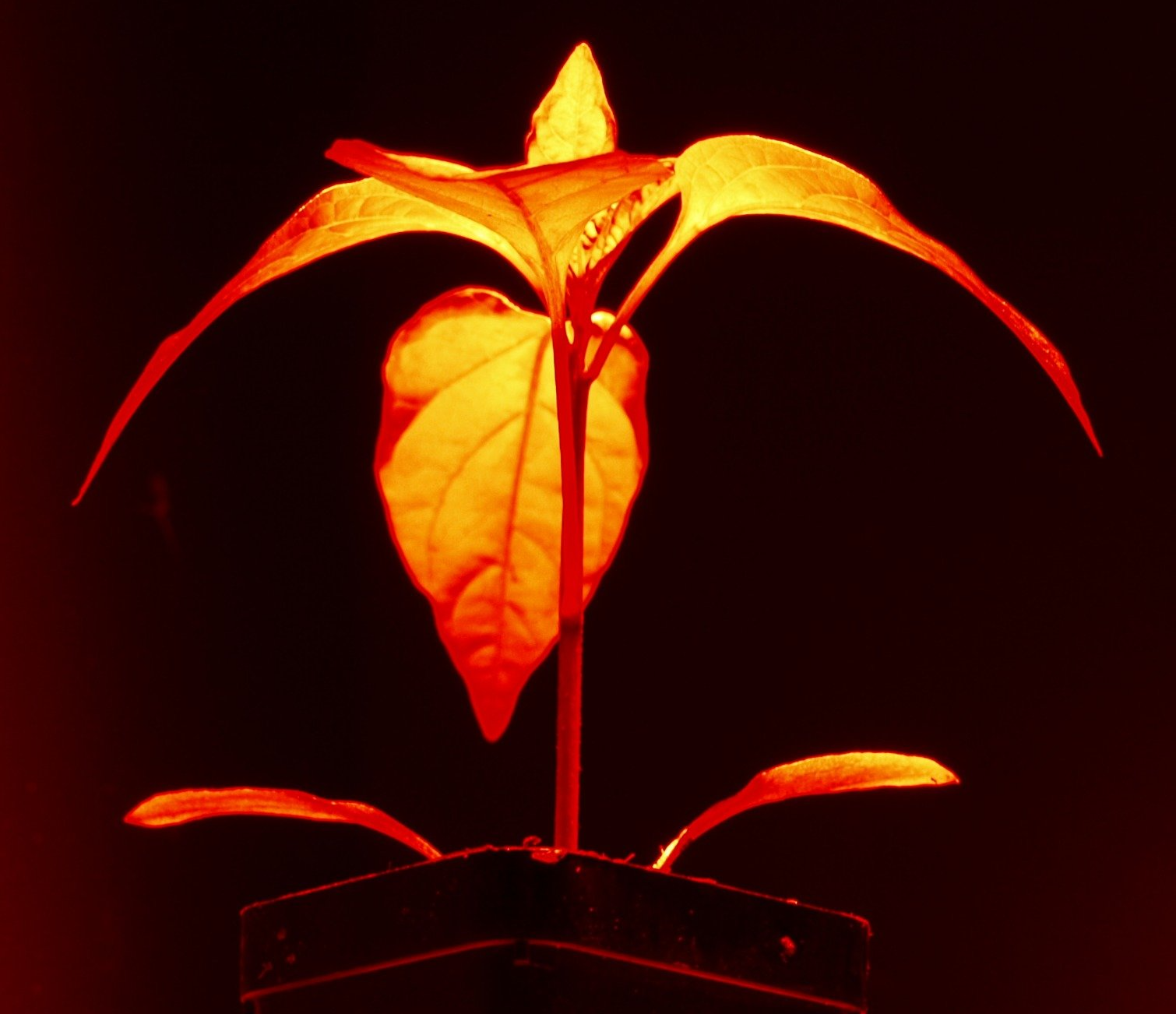
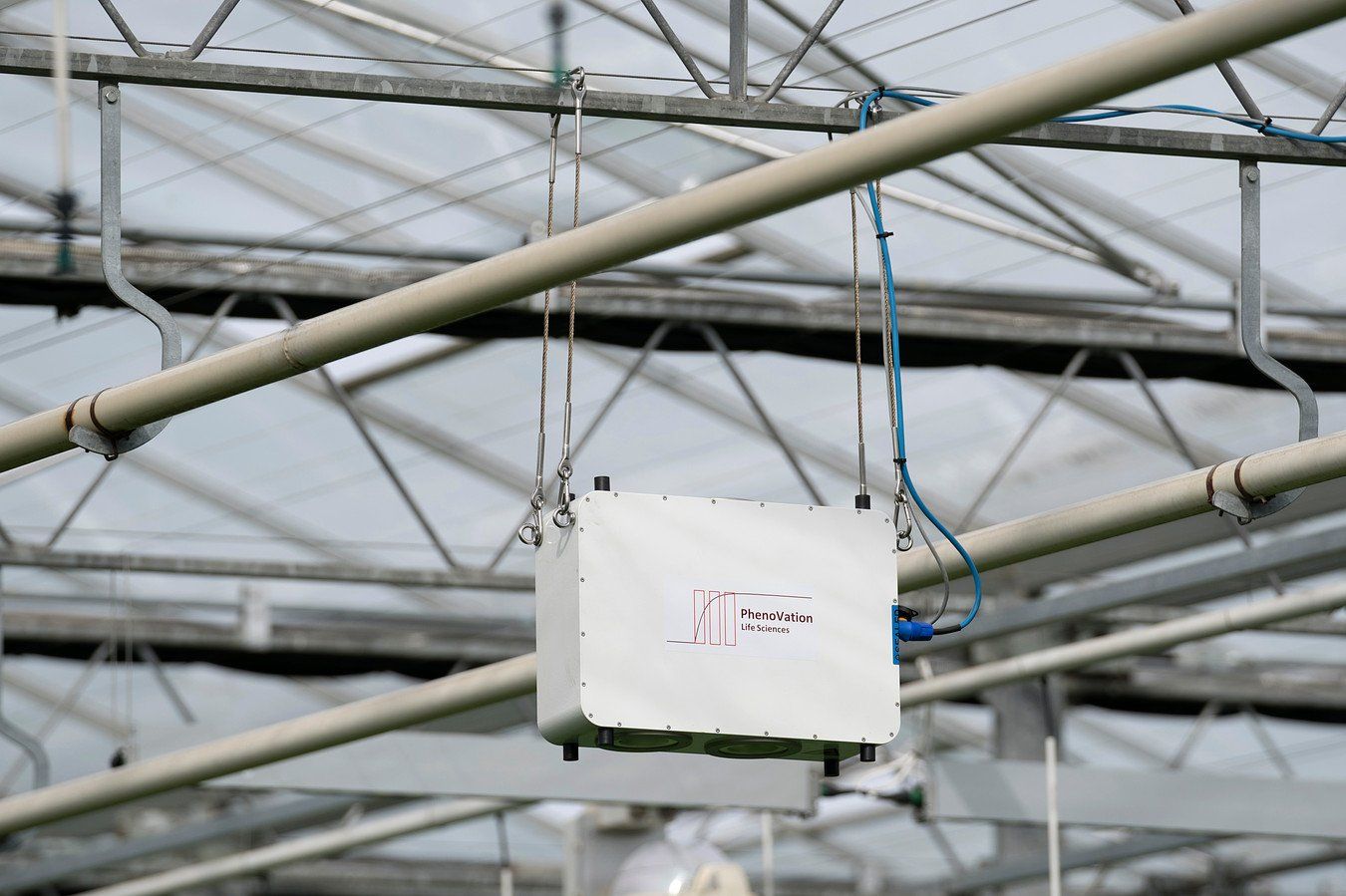
Titel dia
Schrijf uw onderschrift hierKnop
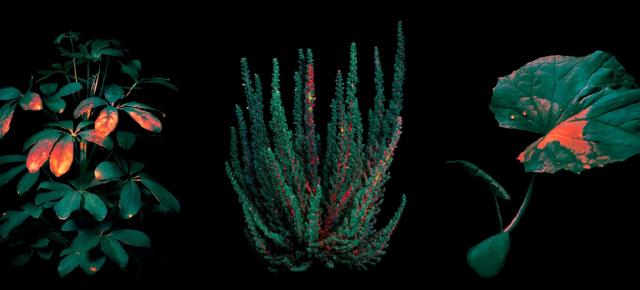
2016
Introduction PlantExplorer
This year marked the debut of the PlantExplorer PRO. The PlantExplorer PRO is a multispectral data and image measurement tool for plant study. It has a modular design that can be removed from a cabinet and installed on XYZ greenhouse structures. The cabinet's bottom half can be customised to suit your needs. It can, for instance, be made smaller to fit a tabletop or taller to accommodate larger plants. The system can measure regions up to 50x50 cm.
2018
Introduction GFP/RFP analysis in modular systems
The GFP/RFP expression filters were already introduced back in 2016. The system was able to read these signals using a newly developed filter set, which was a milestone in research and development, as GFP and RFP are now commonly used in genetic experiments. In 2018, the filters were applied to modular systems like the PlantExplorer
2020
Guggenheim Exhibition
The PhenoMate was on display at the Guggenheim Museum in New York as part of the exhibition of Rem Koolhaas. Artificial intelligence, robotisation, and LED greenhouses were among the topics covered in this show, which focused on new developments in agriculture and horticulture.
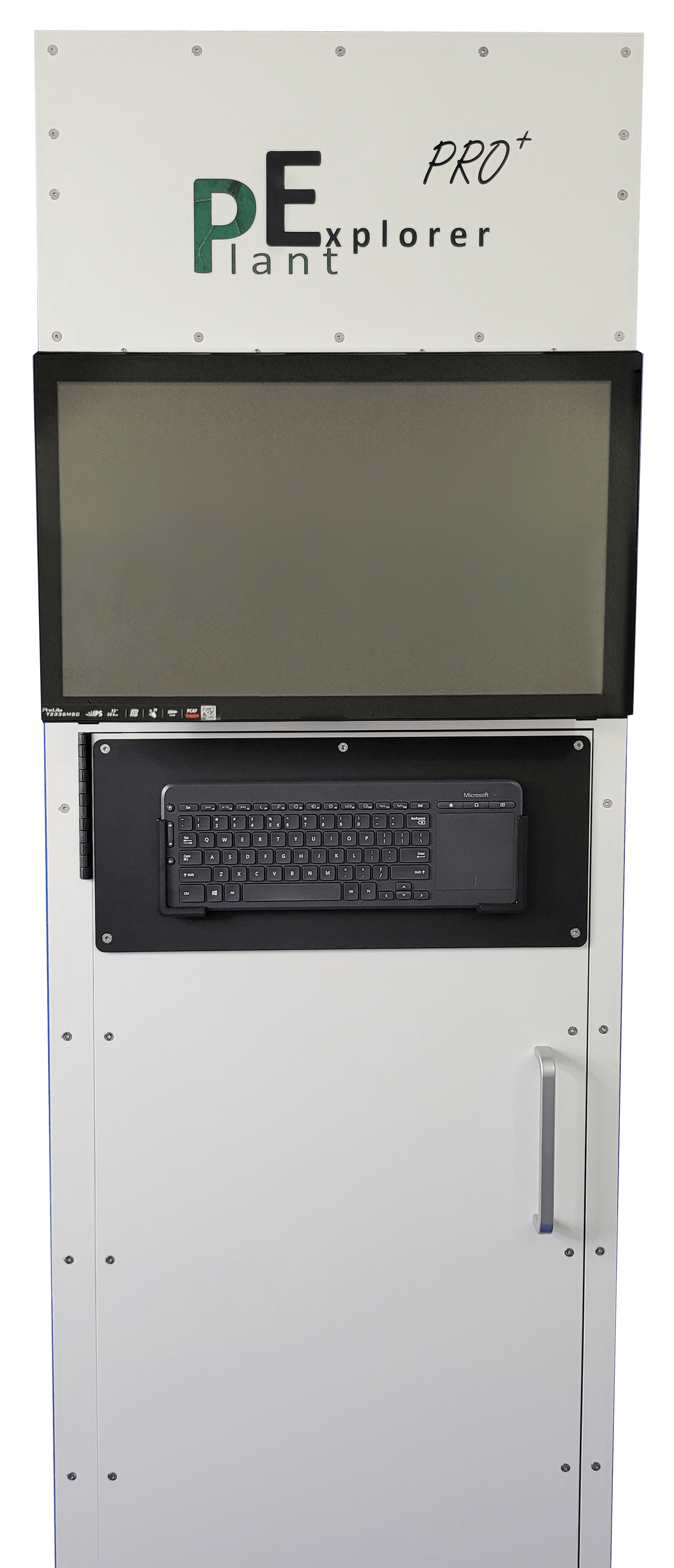


Titel dia
Schrijf uw onderschrift hierKnop
2021
First price Hillenraad TECH50
The Hillenraad TECH50 competition awarded PhenoVation first place in the ‘Sensing & data collection’ domain. The Hillenraad TECH50 encompasses 10 horticultural domains. Several aspects were rated to evaluate the 280 firms, including business characteristics, growth potential, innovative/disruptive technology, tech as a revenue model, and significant R&D spending.
Future...
Future aims
In the future, PhenoVation plans to focus on being a one-stop shop for customers, providing entire solutions. We'd like to help the customer along the path to innovation and automation.
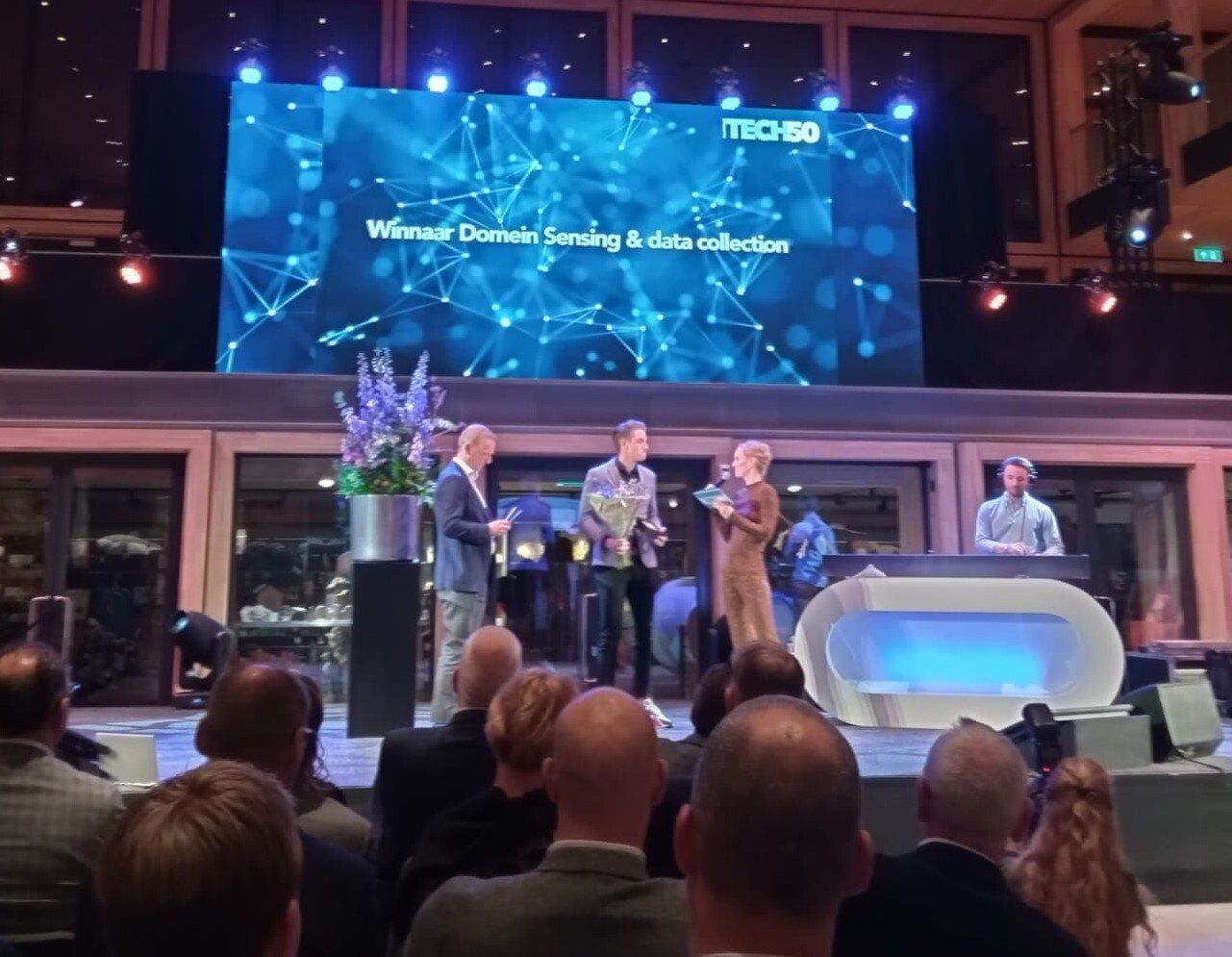
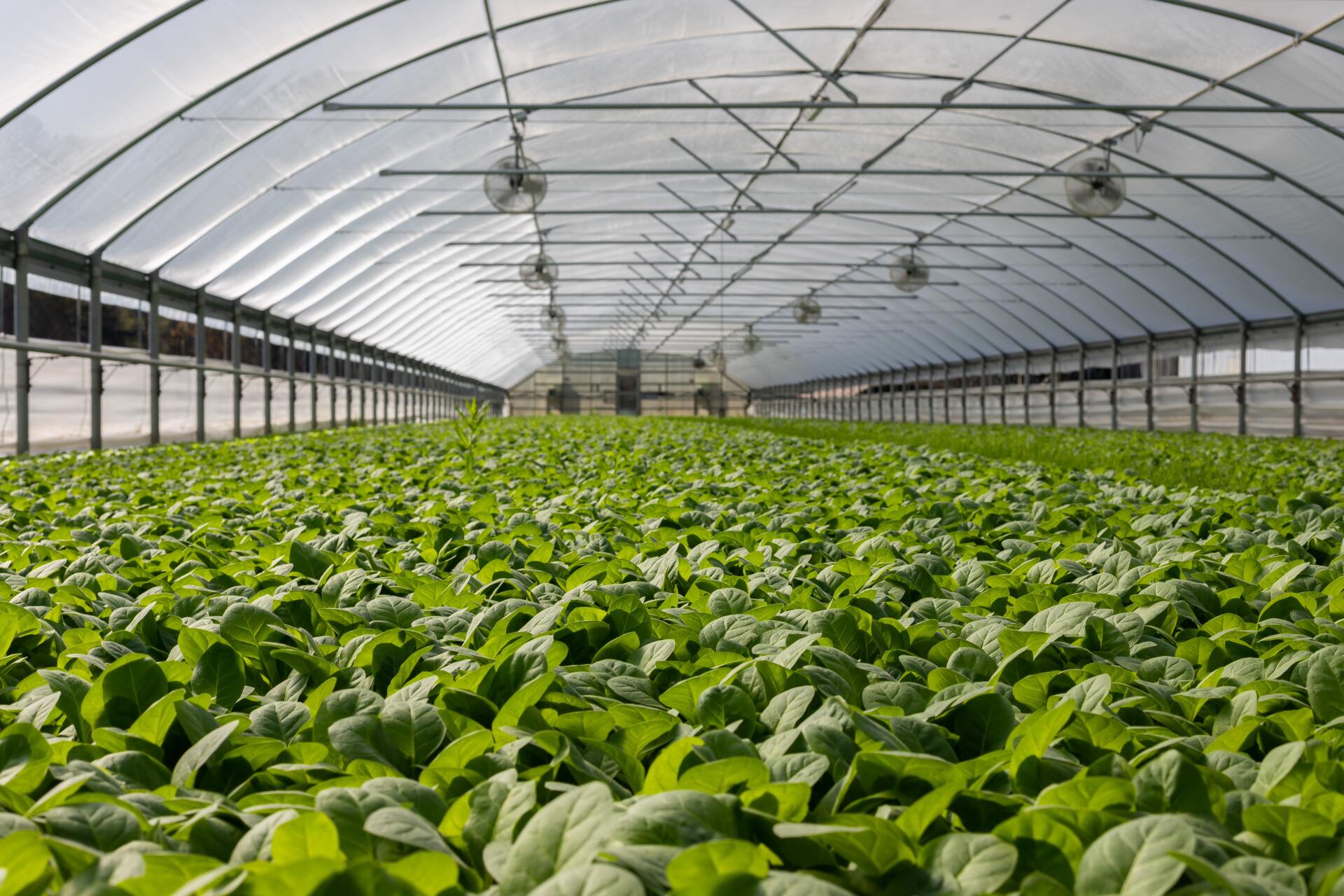
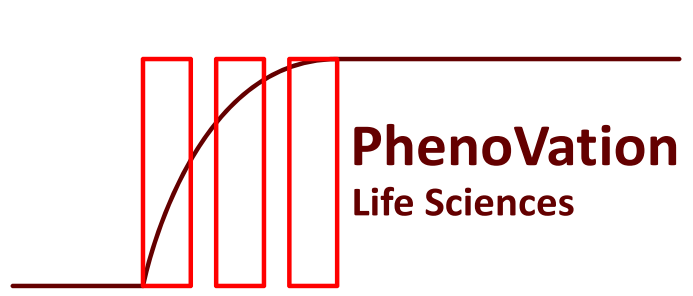
Adres
Agro business park 69-73
6708 PV Wageningen
The Netherlands
Contact
Phone: +316 51978796
Mail: Vincent.Jalink@phenovation.nl




